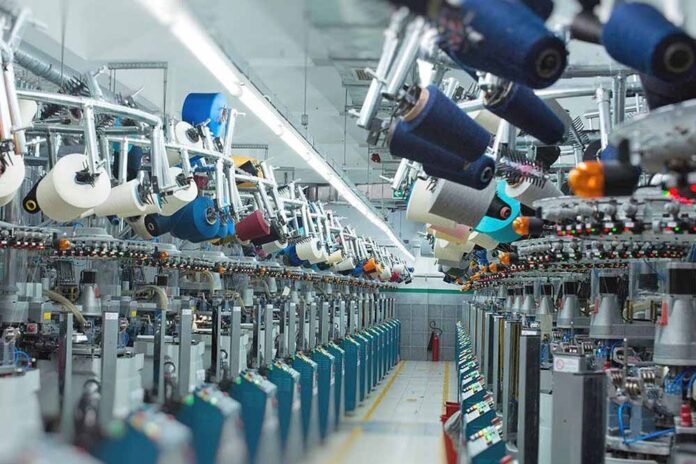The Association of Southeast Asian Nations (ASEAN) manufacturing sector registered a purchasing managers’ index (PMI) of 51.1, above the no-change 50.0 mark for the 20th successive month in May 2023, signaling a sustained improvement in operating conditions. However, this was down from 52.7 in April and pointed to only a marginal rate of growth that was weaker than seen on average over the current sequence of expansion.
At the same time, price pressures abated, while average lead times for inputs were cut for the third straight month. National data highlighted that five of the seven ASEAN constituents saw improvements in the health of their manufacturing sector in May. Leading the upturn for the second consecutive month was Thailand. The 58.2 rate of expansion was softer than April’s record-high, but the second-strongest in the S&P Global ASEAN Manufacturing PMI survey’s history, S&P Global said in a press release.
Similarly, manufacturing firms in Myanmar registered slower growth, as the headline figure at 53.0 slipped to a three-month low from the survey high recorded in April. Nonetheless, the rate of expansion compared favorably against the sub-50.0 reading recorded over the series history.
The Philippines was the only country where the headline index increased in May. At 52.2, manufacturers signaled a modest upturn overall. Singapore at 51.2 and Indonesia at 50.3 both indicated softer improvements in manufacturing conditions in May. While the rate of growth was mild across Singapore, conditions were close to stagnating at manufacturing firms in Indonesia, which saw only a fractional improvement in the health of its manufacturing economy during May.
Malaysia at 47.8 and Vietnam at 45.3 were the only two countries reporting a deterioration in business conditions and for the ninth and third consecutive months respectively. Moreover, Vietnamese manufacturers registered the strongest pace of reduction in 20 months.
Looking across the ASEAN manufacturing sector as a whole, there were signs of improving underlying demand conditions as new orders rose—albeit mildly—for the fifth month running in May. However, foreign demand for ASEAN manufactured goods continued to contract, with export sales declining at an accelerated pace.
Despite the sustained upturns in output and sales, employment was scaled back at ASEAN manufacturers in May. Though mild, the rate of job shedding was the strongest in the current three-month sequence of decrease. Survey data also suggested greater pressure on operating capacities, as backlogs rose following seven months of depletion amid reports of material shortages.
ASEAN manufacturing firms raised their inventories of pre-production items again in May, albeit only slightly. In contrast, stocks of finished goods fell after a month of mild stock building in April. More positive news came from the survey’s price indices, which signaled a further cooling of inflationary pressures amid improved delivery times.
Input costs and output prices rose at their softest rates in 30 and 28 months, respectively. Moreover, both increases were below their historical trends. Vendor performance also improved during May. The latest reading indicated a further reversal of supply chain pressures that have been evident since the outbreak of COVID-19, with lead times now shortening for three months in a row.
Finally, firms were generally optimistic in their 12-month outlook for output. However, the degree of sentiment was the weakest since July 2020 and remained at a historically subdued level, signaling some loss of confidence and increased caution around the outlook.
Commenting on the ASEAN manufacturing PMI data, Maryam Baluch, an economist at S&P Global Market Intelligence, said: “The data suggests that underlying demand trends are softening across the region. Bar the Philippines, all of the ASEAN nations covered by the survey registered a fall in their headline PMI in May. However, improvements in supply chains and a further easing of cost pressures could help to support the sector’s recovery in the months ahead.”



